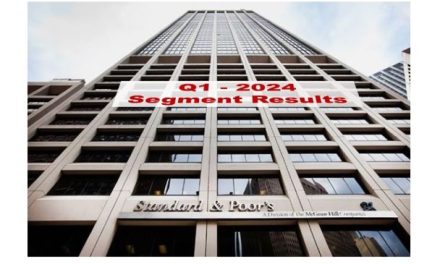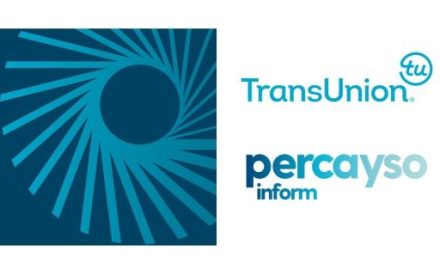The Federal Tax Service (FTS) regular checks business for complying of tax legislation.
The regulator may conduct one of two types of audit: off-site and on-site.
On-site audit is conducted at the location of a taxpayer, and off-site one is performed in the tax service’s office.
It is physically impossible for the specialists of the tax service to visit every address, that is why off-site audit is most common. After all, the violations detected when conducting any type of audit may be resulted in imposing fines, additional taxes and refusal of tax refunds.
According to the data on September 1, 2023 The Federal Tax Service has carried out 719 on-site audits, and violations were identified in 697 of them. Based on the audits result, 65,6 billion RUB were charged. As of the same period on the previous year, there were 1,537 audits with violations, and the amount of additional charges was to 123,1 billion RUB.
The tax authority associated the doubled decrease in audits with the effect of the high base of the last year due to the moratorium on audits introduced during the COVID-19 pandemic. The experts believe that the authorities’ emphasis has shifted to preventive work with violators.
Despite the decrease in on-site audits, any company can still face it. But, if you aware about the factors increasing the likelihood of an audit, you can reduce the risk of a visit from tax inspectors by eliminating these factors.
It is impossible to find out in advance about the audit planned by the tax inspector; under current laws, such information is considered as a tax secret. The exception is companies that organize lotteries and gambling. The FTS publishes a calendar of tax audits for these kind of companies.
For all other taxpayers, the Federal Tax Service has determined a certain set of criteria for independent risk assessment. Moreover, the FTS uses these criteria to identify tax irregularities at the company. The criteria for self-assessment of risks are approved by the Concept of the planning system for on-site tax audits in the Order of the Federal Tax Service of Russia dated May 30, 2007 No. MM-3-06/333.
Circumstances that increase the risk of an on-site tax audit
A high probability of an audit occurs for companies with the largest number of identified criteria based on the Concept of the system for planning on-site tax audits. Among the 12 main criteria, we highlight those that can be identified using open and publicly available tools:
- tax burden is below the industry average;
- losses over several tax periods;
- the growth rate of expenses exceeding the growth rate of income;
- salary is below the industry average;
- repeated approaching of indicators to the maximum values under special tax regimes;
- financial and economic activities with shell companies;
- “migration” between tax authorities;
- failure to provide information and explanations to the tax authorities;
- significant deviation of profitability indicators from industry average ones.
Also, business split can lead to an on-site audit and additional taxes. Split is one of the frequent reasons when a company receives attention from the Federal Tax Service.
It is not legally prohibited to divide business between different legal entities, but the reason for additional charges is split, the only purpose of which is to save on taxes or understate the tax base.
The letter of the Federal Tax Service of Russia dated August 11, 2017 N SA-4-7/15895@ contains 17 signs of illegal splitting. Here are the main ones:
- interdependence of company’s shareholders;
- unified base of counterparties;
- the same employees working in companies;
- splitting of the production process between several persons applying special tax regimes;
- establishment of legal entities in a short period of time with an increase in personnel;
- use of the same signs, labels, contacts, website on the Internet, addresses, premises, banks in which current accounts are opened and serviced;
- joint accounting, personnel or legal services;
- approaching economic indicators closer to the maximum values under special tax regimes.
It should be remembered that if certain signs are detected, it does not mean that the organization is illegally splitting up its business or deliberately underestimating the tax base. The mentioned signs are cumulatively assessed, and documentary evidences may be required if necessary. If the counterparty refuses to provide clarifications, it is necessary to terminate cooperation or establish interaction in another way.
Globas capabilities for identifying the risk of an on-site tax audit of a counterparty
The main difficulties that may arise when identifying tax deviations are the lack of a single source of data.
Each item on the list for self-checking or checking for illegal splitting requires analysis of data from different sources. If there are a large number of counterparties, checking against the checklist will take much time. In such cases, automation of the verification process is necessary.
The Information and Analytical System Globas will help solve the problem. For example, the Reports functionality allows you to configure an unlimited number of your own verification scripts to further automate the process. You set the inspection criteria and measures yourself, and then Globas automatically checks the company for risks – every time you open a report.
In addition to its own custom scripts, Globas has a number of pre-installed operational checks. Among them, the Report on the Federal Tax Service Criteria is available. It is compiled in accordance with the recommendations of the tax service, in order to check the existence of the counterparty and exercise commercial diligence. This Report also takes into account the criteria from the checklist for self-assessment of the risks and illegal splitting.
 Источник: https://credinform.ru/en-GB/publications/5a60b1cec9ab Информационное агентство Credinform
Источник: https://credinform.ru/en-GB/publications/5a60b1cec9ab Информационное агентство Credinform


























